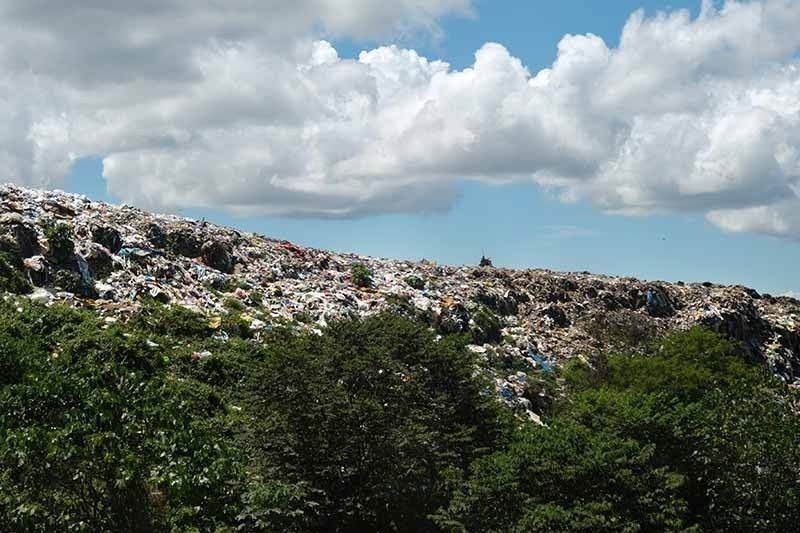Use of WTE for power generation faces opposition

MANILA, Philippines — International groups have warned against the use of waste-to-energy (WTE) for power generation, claiming that the technology is more expensive and likely to produce pollutants that are more toxic.
The Global Alliance for Incinerator Alternatives (GAIA) said WTE offers false solutions to waste management.
“Incineration, in particular, stands out as one of the most environmentally harmful and costly waste disposal methods. The industry greenwashes incineration as waste-to-energy despite generating minimal amounts of usable energy,” GAIA said.
The group alleged that the incineration industry is “exploiting and milking the falsehood of WTE to access billions of dollars in federal, state, and local green, renewable, and sustainable energy subsidies and tax breaks.”
GAIA said incinerators are dirtier than the rest of the energy sources and emit 3.8 times as much greenhouse gases.
It noted that incinerators transform waste into toxic ash which would only worsen air and water pollution and is more difficult to contain.
According to the group, the ash generated by WTE is more toxic than the waste that was burned to produce electricity.
“This toxic ash causes harm to human health, increasing asthma risks, reduced lung function and greater hospital admission,” GAIA said.
“In addition, incinerators are costly to build and run, wasting billions of taxpayer money that could go into real zero waste solutions,” it said.
Zero Waste Asia said that international funding for WTE projects should stop as the technology is neither a just nor transitional source of power.
“The International Finance Corp. and the Asian Development Bank must stop funding WTE projects to replace coal plants positioned as a renewable source of energy,” Zero Waste Asia said.
“Worse, privatizing the waste sector almost always displaces waste pickers. It is urgent to phase out these false solutions,” it said.
The group said WTE is worse than coal because its greenhouse gas emission is 2.5 times higher and its emission of toxic chemical dioxin/furan is 28 times higher, among others.
The group said it also emits 20 percent more sulfur dioxide, 2.5 times more carbon dioxide, and nearly two times more carbon monoxide, a highly poisonous gas.
In February 2022, the Department of Energy (DOE) issued a department circular which prescribes the policies and programs to promote and enhance the development of biomass WTE facilities in the country.
The agency sees biomass WTE facilities simultaneously addressing local government units’ solid waste management problems, as well as provision of additional source of power.
Biomass WTE was among the technologies offered by the DOE during the second round of the green energy auction last year.
However, the agency received no commitments for the development of biomass and WTE projects during the bidding.
- Latest
- Trending


























